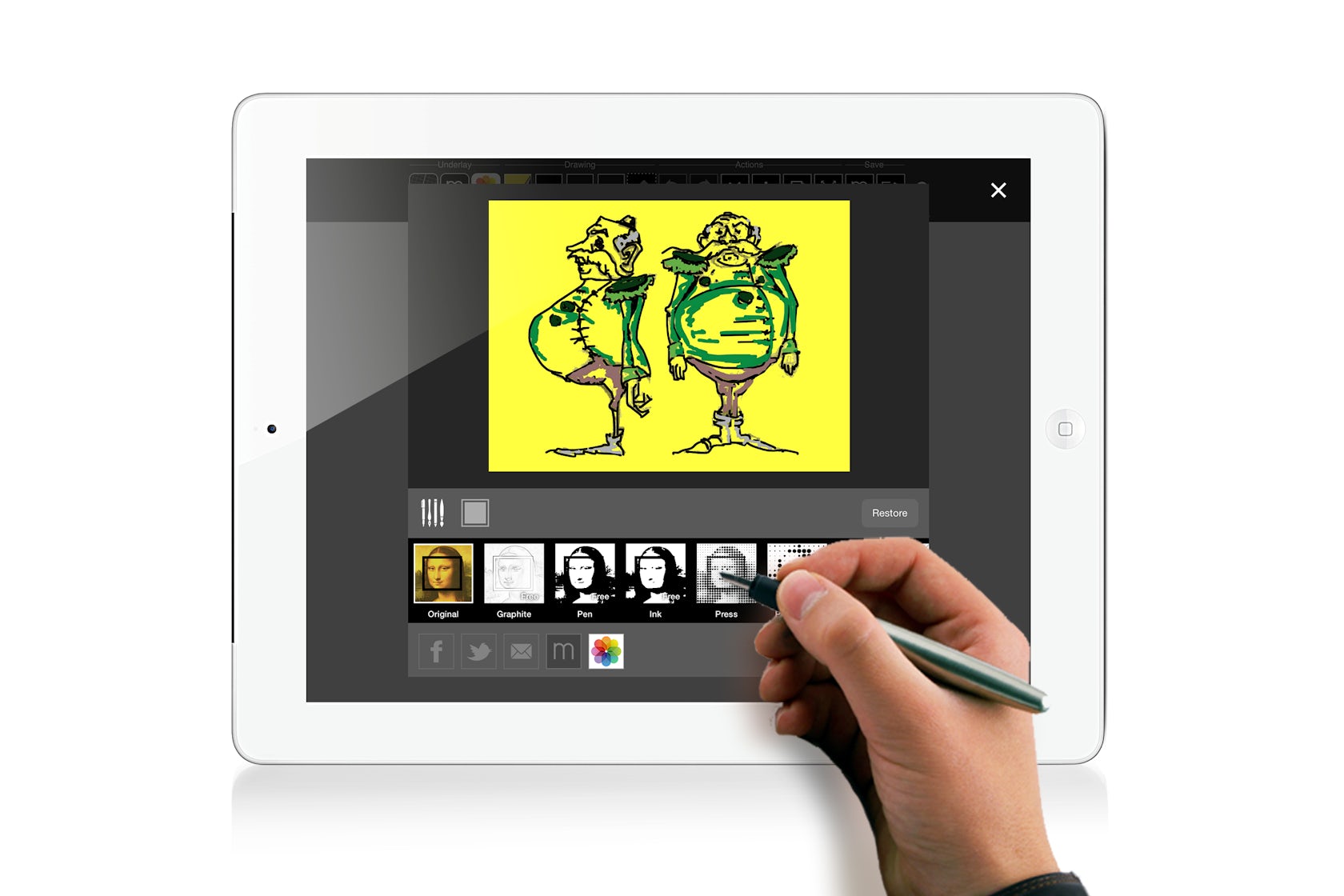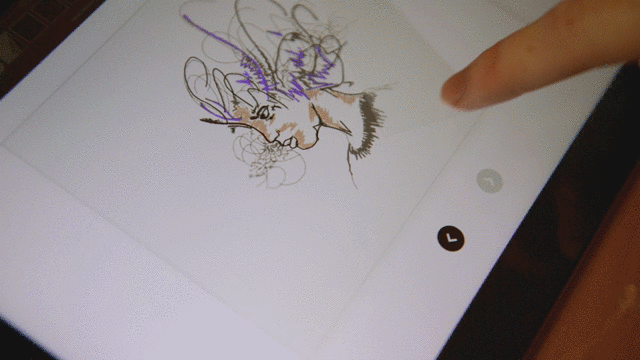Popular culture loves to depict architects as bespectacled, compass-wielding aesthetes who go through countless rolls of trace paper at their drafting boards. The reality is that most architects today — bespectacled or not — have a much reduced need for these tools. They execute the majority of their work on a computer. Drafting and rendering software, once learned, expedite the drawing process tremendously.
Despite the switch to computers and digital representation, certain aspects of the design process, such as iteration and sketching, have remained in the analog sphere. There is no question that the ease, speed and flexibility of a pen on paper is hard to match digitally. Nevertheless, designers run into the issue of trying to operate within the digital and analog sphere simultaneously. After all, it’s a bit ridiculous to try sketching or marking up a drawing by laying a piece of semitransparent trace paper over a computer screen.

Enter Morpholio Trace. The iPad app carries tracing paper, an essential yet stubbornly analog creative tool, into the digital realm. Trace allows users to draw on top of imported images or background templates and layer comments or ideas to generate easily sharable drawings. We wrote about this app a few years back when it initially launched, marveling at its power to facilitate ideation by dissolving the inhibitive rift that exists between paper and highly technical computer software.

Since then, the company, which creates digital tools for architects and designers, has released an updated version — Trace 2.0 — which we are putting on your radar for this week’s Architect App of the Week. The update is all about helping you to focus on ideas in the initial sketch phase and worry about aesthetics later.

Co-creator Mark Collins explained that Morpholio Trace isn’t just about transforming an analog process into a digital one. He argues that software design “should also create an opportunity for something that was not previously possible.” With this in mind, Trace 2.0 introduces Filters. Collins noted, “The filters fuse drawing and technology in a way that seeks a bit of serendipity, enhanced beauty and even whimsy in the creative process.”

Now, users can go into drawings after their ideas have been worked out and transform them with filters, colors and layers. These new features help keep thoughts and ideas at the forefront of the design process without encountering technical hindrances or fussiness.
Trace filters can add beauty, clarity or appeal to ideas after they’ve been jotted down, bridging the gap between drawing and rendering without sacrificing the speed and ease that hand-sketching affords.

Layers allow the user to build and expand upon thoughts by moving through the history of drawings. Going back to the genesis of an idea can be critical, and Layers allows you to go back and forth through the design process to edit, add or delete as needed.

Behind this app is the Morpholio team, a group of architects and designers who develop and build digital tools for a creative world. Trace is part of the Morpholio suite of apps, which also includes Morpholio, for building and sharing your portfolio, and Morpholio Board for layout and collage.
Learn how professionals in the field are using Trace Pro:
All images courtesy of Morpholio.




